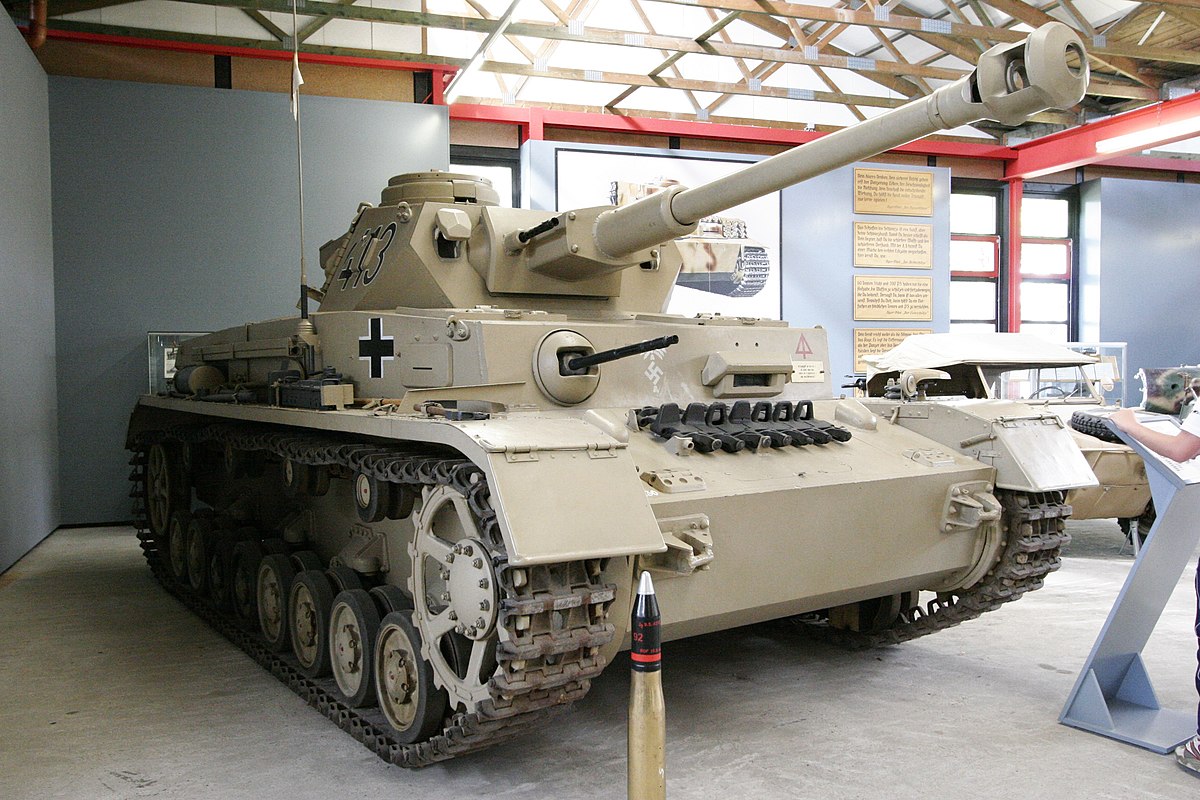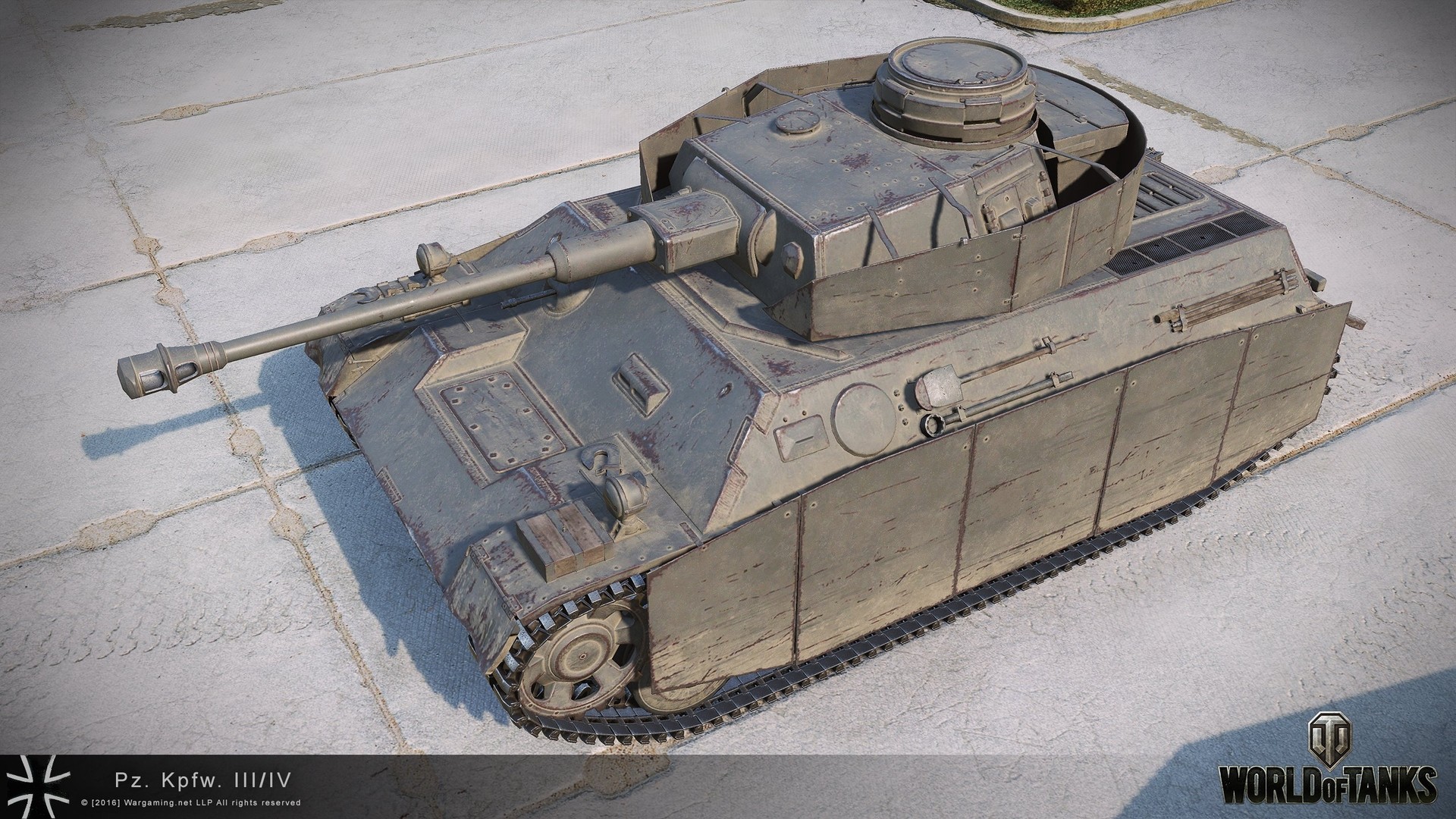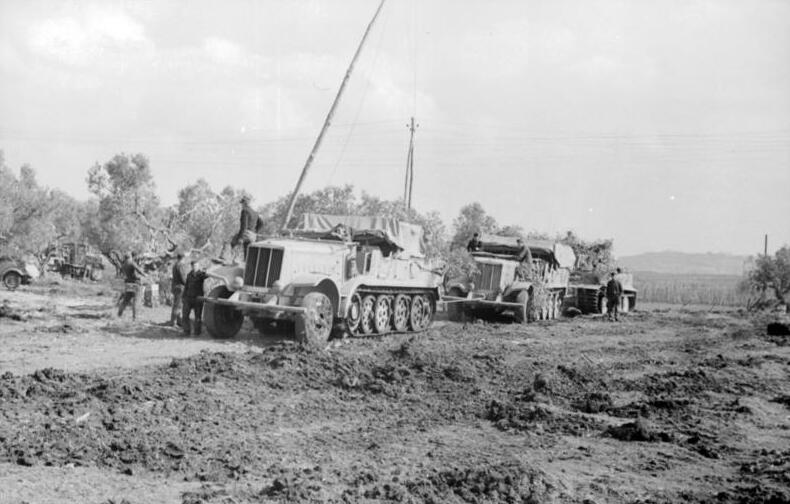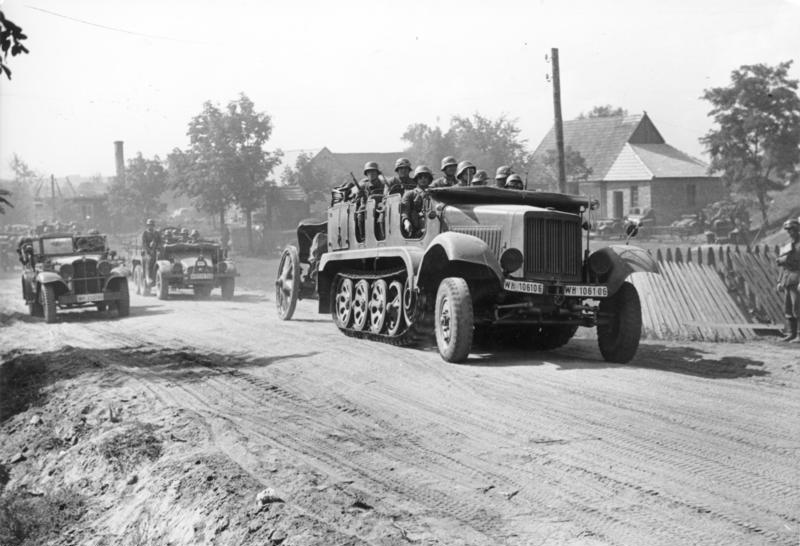Hitler's demands to uparmor the Panther greatly enhanced its survivability by 1944, much less 1945, but I think this is digressing from the main point. Would you please elaborate more on the 1942 expansion? I don't know as much about production, but do you not believe that the Germans could have started production of a sort of VK 30.01 (H) or VK 36.01 (H) in 1939/40 if it wholeheartedly tried?
Not sure greatly is what I would say the proper adjective there. Reliability, ease of maintenance, and speed were probably more important, hence the post-war Leopard 1 design with less armor and weight than the Panther.
Keeping to the original 60mm frontal armor design would have been better. Frankly I think the OTL vk3002db should have been adopted with the existing 75mm L48 gun, which was plenty for the period and then add in the heavier gun later.
The expansion of industry had been ongoing since 1932 and it was only in 1942 that the AFV production lines were fully completed based on the pre-war armaments industry expansion plan. Hitler launched the world war earlier than industrial preparations were prepared to handle. IIRC this is covered in Wage of Destruction and several German language books if you can read German.
Amazon product ASIN 3813202917Available via interlibrary loan.
No I don't believe the VK3001 was viable in 1939/40 given that the Pz III only entered production in 1939 and it took until 1942 to get enough Pz IIIs and IVs in production to phase out the Pz Is and IIs and most of the 38ts. Still though in 1942 there were at least two new Panzer divisions (IIRC the 23rd and 24th) that mostly used French and Czech panzers until 1943. So output over plethora of designs is the way to go, especially given that existing production lines were not set up to handle 30+ ton tanks yet. That is part of the industrial expansion, making sure there are production lines with the equipment to make heavier AFVs. Hence why Henschel made the Tiger tanks, they had the equipment to handle very heavy equipment since they made locomotives primarily.
The comment about designer imagination is just something I've noticed. The German designers were slow to embrace sloped armor and didn't seem to come up with a lot of great innovations. For example by 1945, German designers were still stuck on the Tiger II's layout while the Soviets were introducing Pike nose. Another example would be how none of the German jagdpanzers incorporated the effective commander sponson + cupola combination which were introduced on the Su-100. I understand that the Soviets had an entirely different philosophy to the Germans (and the rest of the West), which increased "hard" factors such as effective armor thickness and calibre size at the expense of lots of "soft" little discussed factors which proved just as important, but still, the Germans by the end of the war didn't have much going for them in armor design. Compare the IS-7 to the E-75 which were being designed in roughly the same time period for example.
It wasn't German designers, it was military spec issued by the Waffenamt.
German army planners were less innovative in the interwar period than commonly thought.
Plus it's not like sloped armor didn't have its own drawbacks in term of design.
The Pike nose was a flawed concept in the end and never even saw combat use. Meanwhile post-war the US copied the Tiger II for their heavy tank design before deciding to just go for the universal tank concept. Ultimately everyone adopted the standard sloped armor design before modern composite armor took over and flat armor made a return.
The Jagdpanzers I think didn't have the cupola due to the problems of incorporating it into the design and the vulnerability it left for the commander if hit. After all it was a feature in regular AFVs, but commander casualties made an impression on German design philosophy. Soviets didn't care about casualties nearly as much.
I disagree about the Germans not having much going in terms of armor design, the E-series was quite innovative.
The IS-7 was largely a postwar design and was dumped in favor of the T-10.







